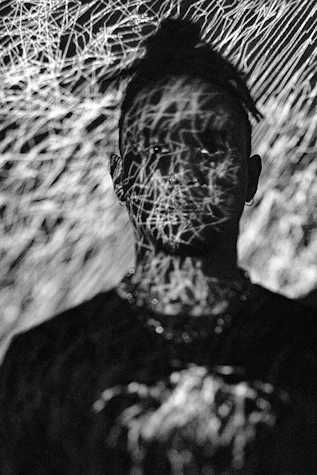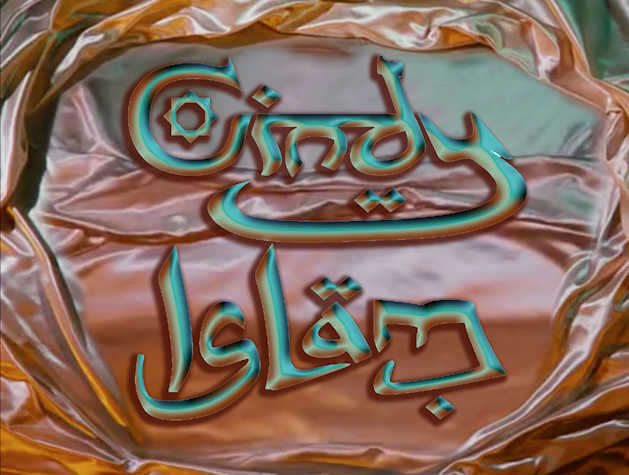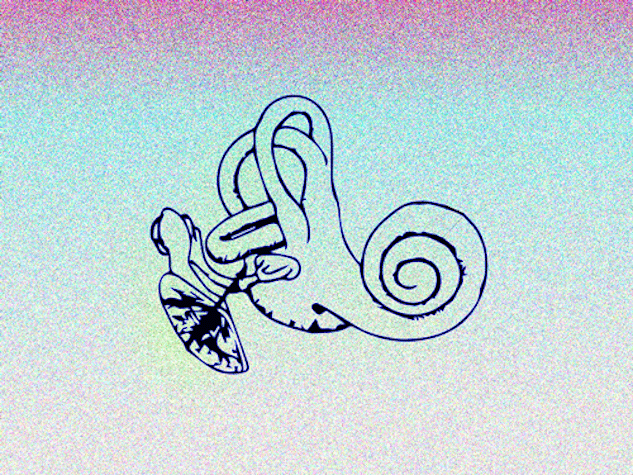Listening for Love
- Dates and Opening times
Fri 7 – Sun 23 June
Tue – Sun, 2pm – 7pm- Venue
Listen Gallery
210 Hunter Street
G4 0UP- Participants
- Kyalo Searle-Mbullu Cindy Islam
- Presented by
Listen Gallery
- Supported by
Glasgow International with funds from the Scottish Government’s Festivals EXPO Fund
- Accessiblity
Limited Level Access: some parts of the venue are level or ramped access, other areas can only be accessed via stairs.
Gallery one and two both have step-free access.
The corridor and toilet are accessed via four steps, and there is no handrail.
For visitors who are blind or partially sighted, this performance includes audio, video, projection and heavy sensorial elements.
For additional access information, click here
Listening for Love features the work of two Glasgow-based BIPOC sound artists, Kyalo Searle-Mbullu and Cindy Islam. The two-part exhibition gives space for both artists to explore their individual and intersecting multicultural experiences of sound and listening practices.
Drawing from audio recordings of interviews with people from the same heritage living in Scotland, Listening for Love proposes that listening is a conduit to love and through an embodied sense of hearing we learn. Through the processes of collecting, making, sharing and preserving migration stories through audio archives, the artists (re)connect and (re)create a new space of belonging. This project builds on Listen Gallery’s approaches to listening as a behavioural and attentional shift which moves from the individual to collective, where the audience is invited to listen and listen again to people's lived experiences and celebrate the migratory movement of all peoples.






